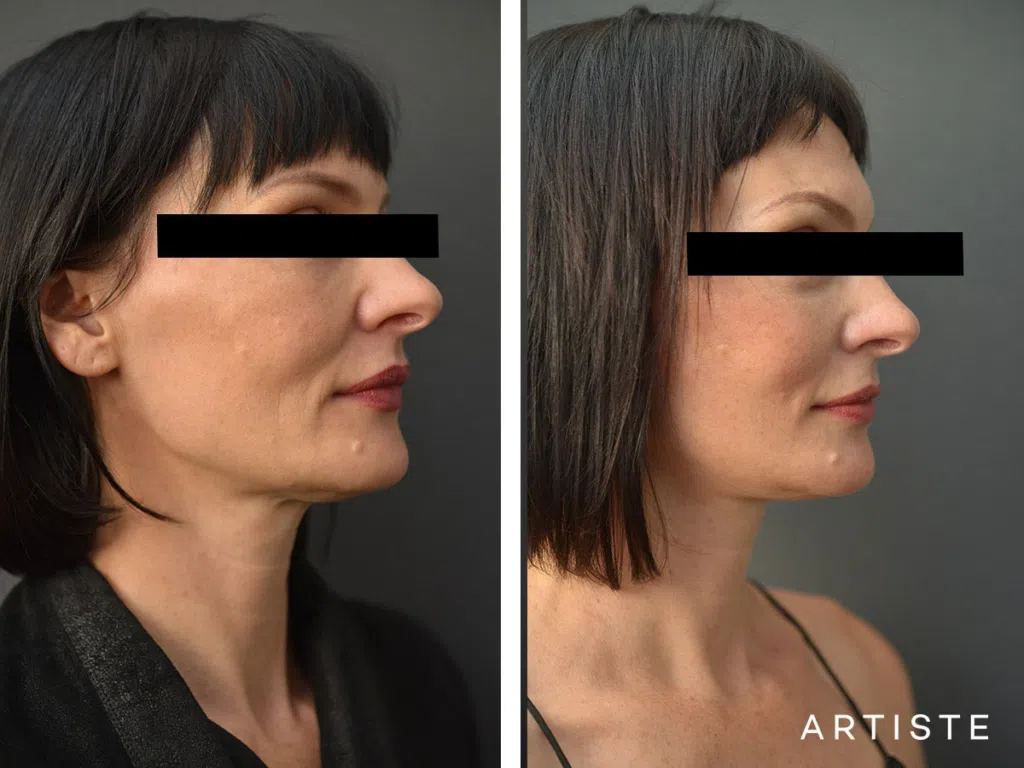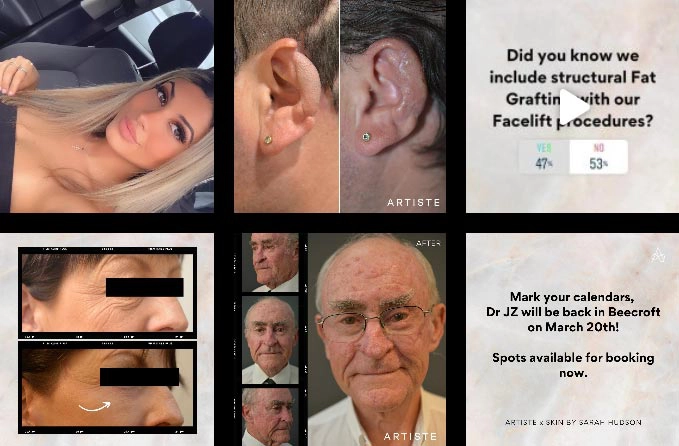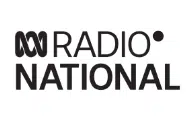Everything You Need to Know About Getting A Mini Facelift in Australia
Model featured in photography

A mini facelift, often referred to as a “short scar” facelift, is a cosmetic surgical procedure aimed at addressing mild to moderate signs of ageing in the lower face and neck. This technique offers a less invasive alternative to traditional facelifts, focusing on making changes on the facial appearance with reduced scarring and shorter recovery times.
In this blog, we share general information on important details you need to know about mini facelift.
Procedure Overview
During a mini facelift, the surgeon makes small incisions around the ears and possibly extends into the hairline. Through these incisions, underlying facial tissues and muscles are tightened, and excess skin is removed, resulting in firmer skin around the jawline and neck. The procedure typically lasts between two to three hours and is often performed under local anesthesia with sedation or general anesthesia, depending on the patient’s preference and the surgeon’s recommendation.
Why is it Called a “Short Scar” Facelift?
The term “short scar” facelift originates from the shorter incisions used in this procedure compared to traditional facelifts. These limited incisions reduce visible scarring and contribute to a quicker recovery period.
Origins of the Mini Facelift
The mini facelift was developed as a less invasive alternative to traditional facelift surgeries, targeting early signs of ageing with minimal intervention. This approach caters to individuals seeking facial rejuvenation without the extensive recovery associated with more comprehensive procedures.
Differences in Incisions
Unlike traditional facelifts that involve longer incisions extending from the hairline around the ears to the lower scalp, mini facelifts require shorter incisions to the area around the ears only, resulting in reduced scarring.
Duration of Surgery
The mini facelift procedure typically takes between two to three hours to complete, depending on the individual case and the extent of correction required.
Potential Downsides
While mini facelifts offer numerous benefits, there are potential downsides to consider:
- Limited Scope: This procedure primarily addresses the lower face and neck. Individuals with significant aging signs in other facial areas may require additional treatments.
- Longevity of Results: The outcomes of a mini facelift may not last as long as those of a traditional facelift, with results typically enduring around five to seven years.
- Risk: As with any surgical procedure, the mini facelift involves potential risks, such as swelling and bruising.
Ideal Age for a Mini Facelift
The ideal candidates for a mini facelift are typically individuals in their mid to late 40s experiencing mild to moderate sagging in the midface and along the jawline. However, younger patients in their 30s seeking preventative measures or subtle enhancements may also consider this procedure. It is important to consult with your surgeon for personalised advice.
Costs in Australia
The cost of a mini facelift in Australia varies based on factors such as the surgeon’s expertise, clinic location, and the specific requirements of the patient. For instance mini facelift in Sydney, prices range from $20,000 to $30,000 AUD. It’s essential to consult with a qualified plastic surgeon to obtain an accurate quote tailored to individual needs.
Conclusion
A mini facelift offers a viable solution for individuals seeking to alter their facial appearance with less invasive techniques. In Australia, it is required to obtain a GP referral and undergo BDD screening before proceeding to any cosmetic procedure. These steps ensure your suitability for the procedure.
To learn more about this procedure, you may reach out to Ariste Plastic Surgery. Our Specialist Plastic Surgeon, Dr Jack Zoumaras, will assess your unique needs and recommend the best technique to achieve your aesthetic goals. Book a consultation today.
Disclaimer: At Artiste Plastic Surgery, our Plastic Surgeons led by Dr Jack Zoumaras have been trained to the highest possible degree. All surgery has risks and it is always advised to get a second opinion. Risks are very real and we cannot guarantee any result. Results are illustrated as a guide only. All risks are managed and any need for revision surgery or complications (1-5%) can be managed by our specialist plastic surgeons.
Any statements on how you will feel is based on Level V Evidence:
Level V: How you will feel after plastic surgery varies between individuals, depending on psychological and physical factors. Our internal research is based on how patients in our practice feel after surgery.
The blogs are not a substitute for a medical consultation and do not form as part of the doctor to patient relationship.
SHARE THIS ARTICLE
Jul01
Facelift Recovery Tips: What Speeds Up Healing and What to Avoid
Disclaimer: At Artiste Plastic Surgery, our Plastic Surgeons led by Dr Jack Zoumaras have been trained to the highest possible degree. All surgery has risks and it is always advised ...
Jul01
How to Prepare for Facelift Surgery: What to Do Before Your Big Day
Disclaimer: At Artiste Plastic Surgery, our Plastic Surgeons led by Dr Jack Zoumaras have been trained to the highest possible degree. All surgery has risks and it is always advised ...
ABOUT ARTISTE
Artiste Plastic Surgery is an Award Winning Specialist Plastic Surgery practice led by internationally trained Dr. Jack Zoumaras, Plastic Surgeon and Peer Reviewed Face Surgeon
Artiste offers the latest Cosmetic Surgical Procedures of the Face, Breast and Body, inspired from leading centres around the world.
STAY IN THE LOOP
Enter your email address below to receive updates on new articles and VIP access to promotions and special offers.
FOLLOW US ON INSTAGRAM










